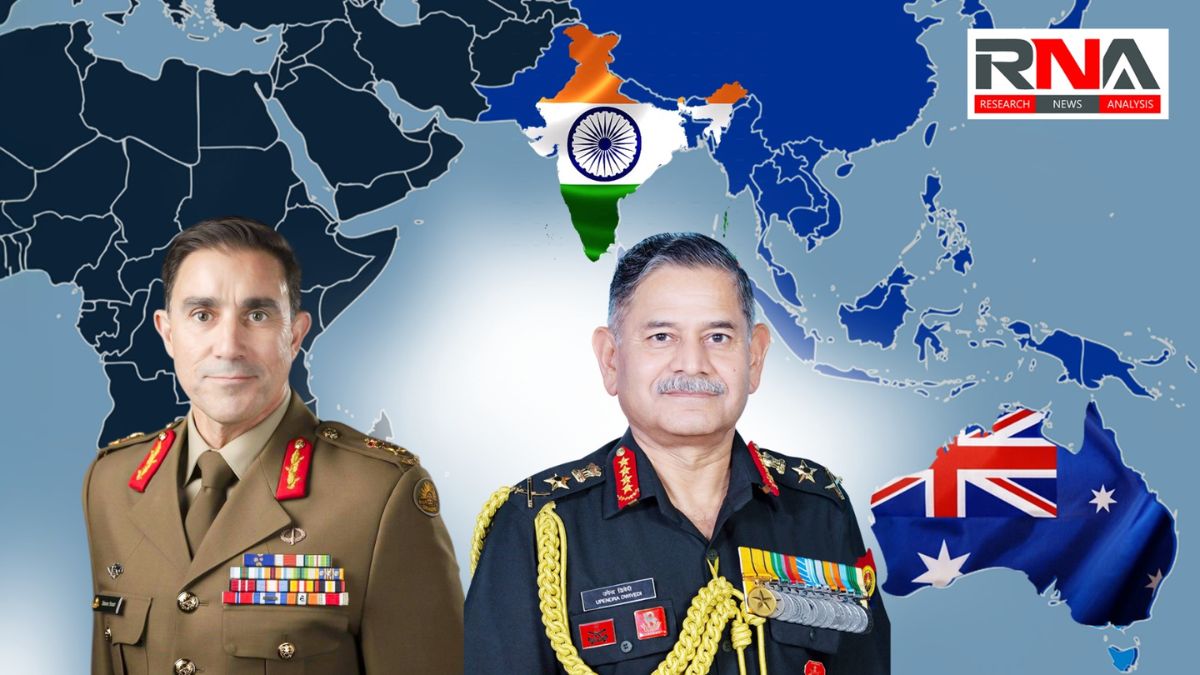The visit of Australia’s Chief of Army to India this week offers a rare and timely opportunity for both countries to advance their partnership beyond strategy papers and defence dialogues by focusing on saving lives together.
Despite repeated disasters across the Indo-Pacific, India and Australia have yet to establish a combined military unit dedicated to humanitarian assistance and disaster relief (HADR). With shared interests and complementary strengths, the two nations are well-positioned to fill this gap.
How could this fit into the Quad framework?
At the 2022 Quad summit in Tokyo, leaders committed to a joint HADR partnership to coordinate responses to climate-related and other emergencies in the Indo-Pacific. India already plays a leading disaster response role in South Asia; extending that capability to the Pacific would be a logical expansion.
“An Indian Army HADR presence in Darwin, through liaison officers, seasonal deployments, or small support teams even, could turn Quad commitments into visible action,” one defence and strategic affairs expert told RNA on the condition of anonymity. They added that the annual Army-to-Army Staff Talks, held since 2016, “provide an existing channel for integrating HADR planning, scenario-based drills, and deployment protocols.”
Why base a team in Darwin?
Darwin is already a key hub for regional disaster response. It hosts the US Marine Rotational Force, multinational exercises, and sits at the junction of northern Australia and the Pacific. Australia’s defence forces, however, are stretched thin. An Indian presence would reinforce Australia’s leadership, improving interoperability and accelerating joint response times.
What could the model look like?
A serving defence and diplomacy establishment official said that the concept does not require large deployments or expensive infrastructure. They listed out multiple options, including:
- Liaison officer model – embedding Indian officers in Darwin to assist in planning and training.
- Seasonal team – a small, mobile HADR unit deployed during high-risk periods with pre-positioned supplies.
- Permanent light team – a joint cell of Indian and Australian officers coordinating under the Quad umbrella.
Each approach would be cost-effective while demonstrating operational cooperation and readiness.
What is at stake for the region?
For Pacific and Southeast Asian nations vulnerable to natural disasters, this is not just a diplomatic initiative — it is a potential lifeline. A joint India–Australia HADR force would show that Indo-Pacific powers can respond quickly, cooperatively, and with compassion.
For India, it would reinforce its role as a net security provider beyond the Indian Ocean. For Australia, it would strengthen humanitarian capacity without overextending its forces. And for the Quad, it would provide a tangible example of delivering public goods, not just grand strategy.
Why act now?
India and Australia have built a strong defence relationship through joint exercises and logistics agreements. The Australian Army Chief’s visit provides the perfect moment to take the next step: announce a Joint Indo-Pacific Army HADR Task Force, with integrated teams in Darwin and the Andaman & Nicobar Islands.
Such a move would send a clear signal of shared resolve and deliver concrete benefits for the region.
